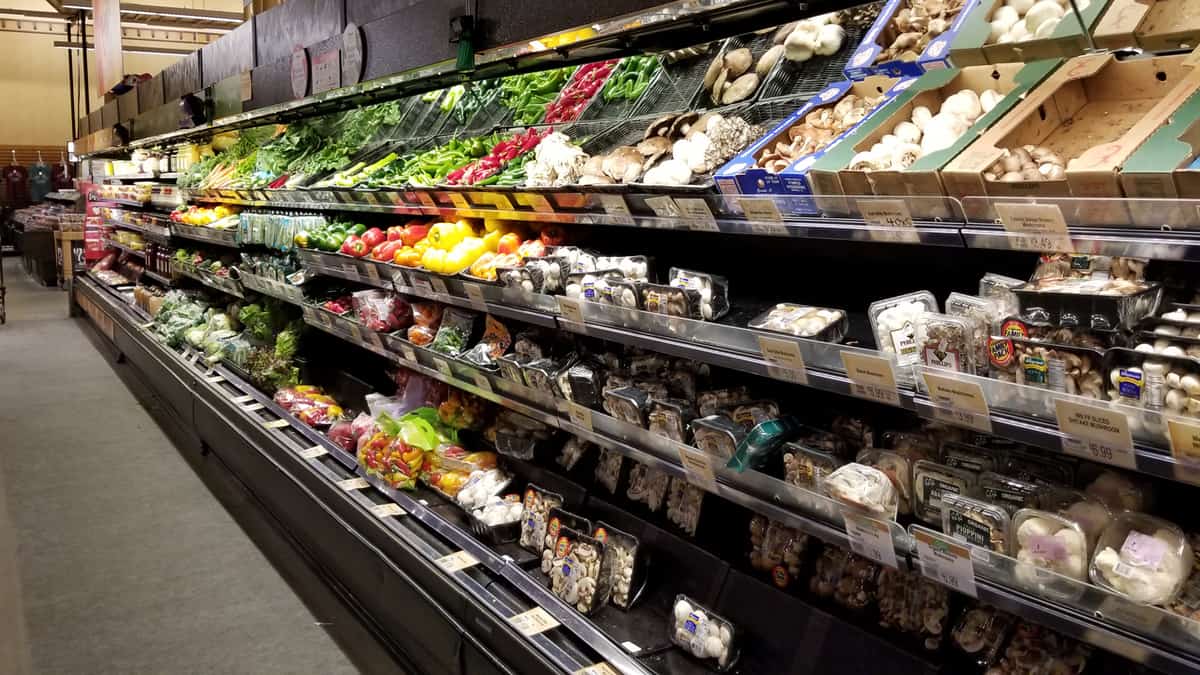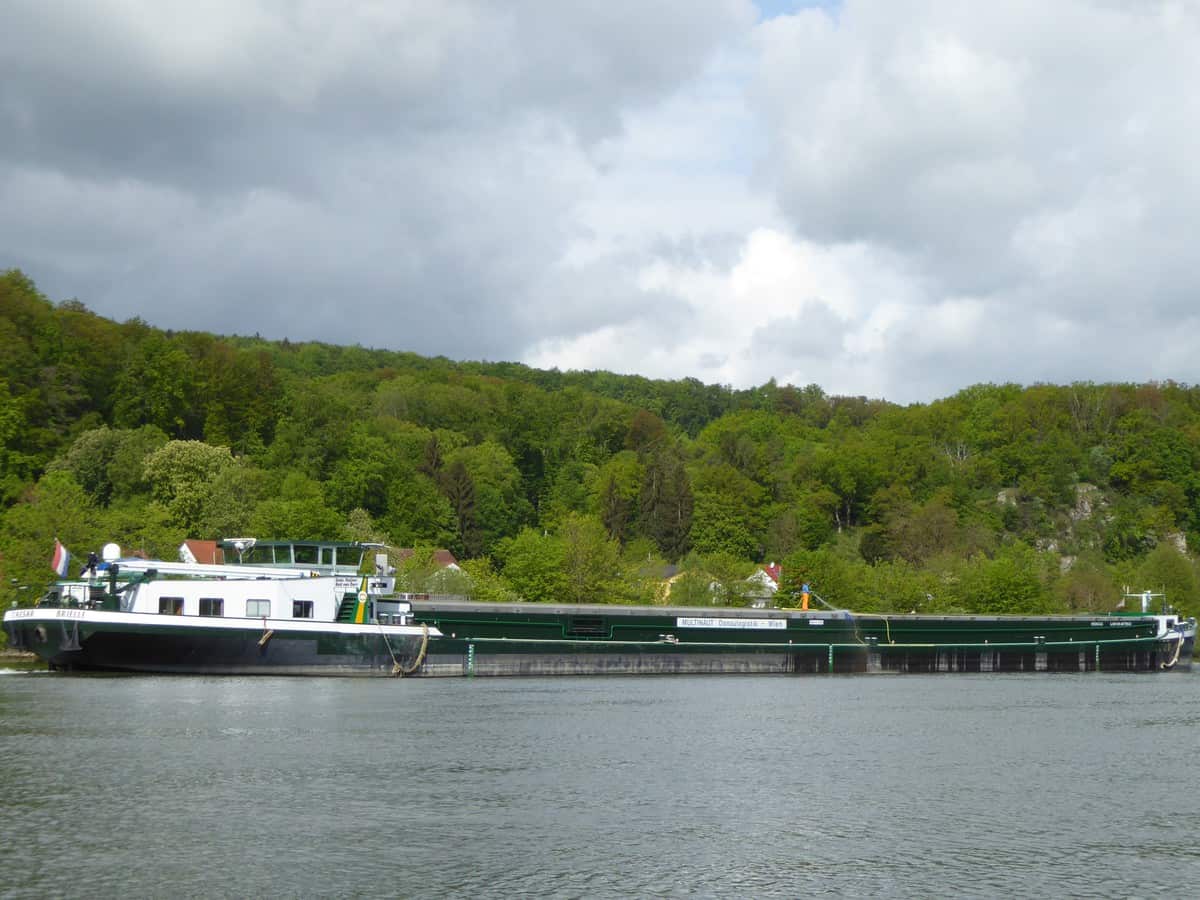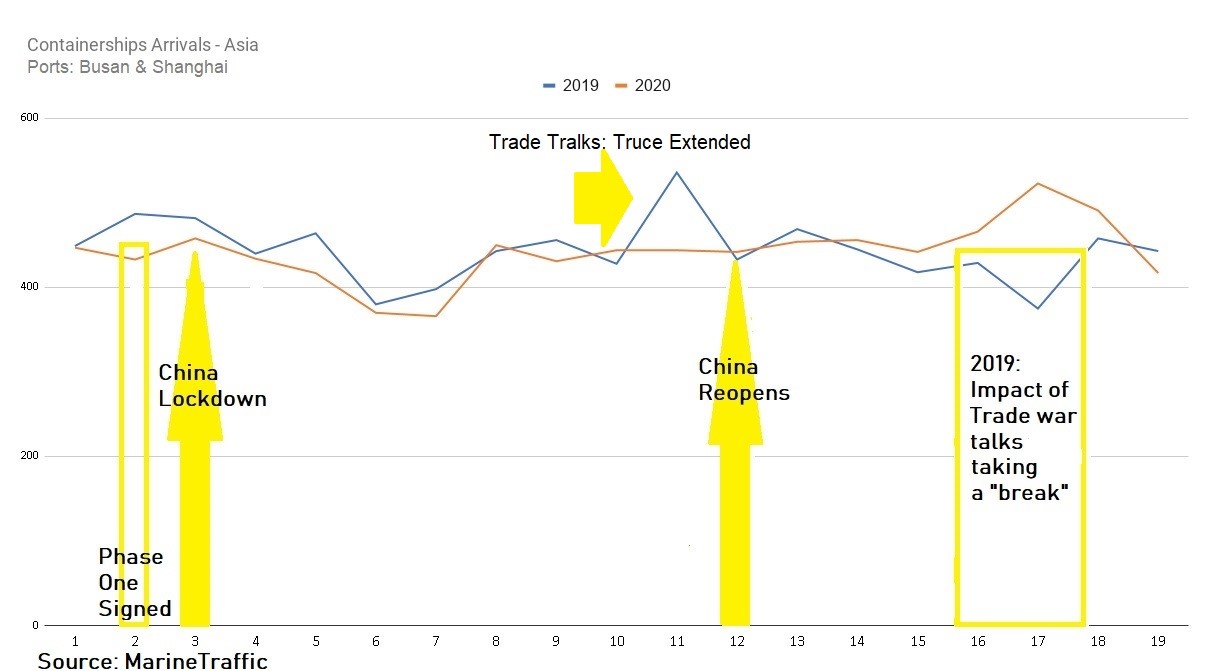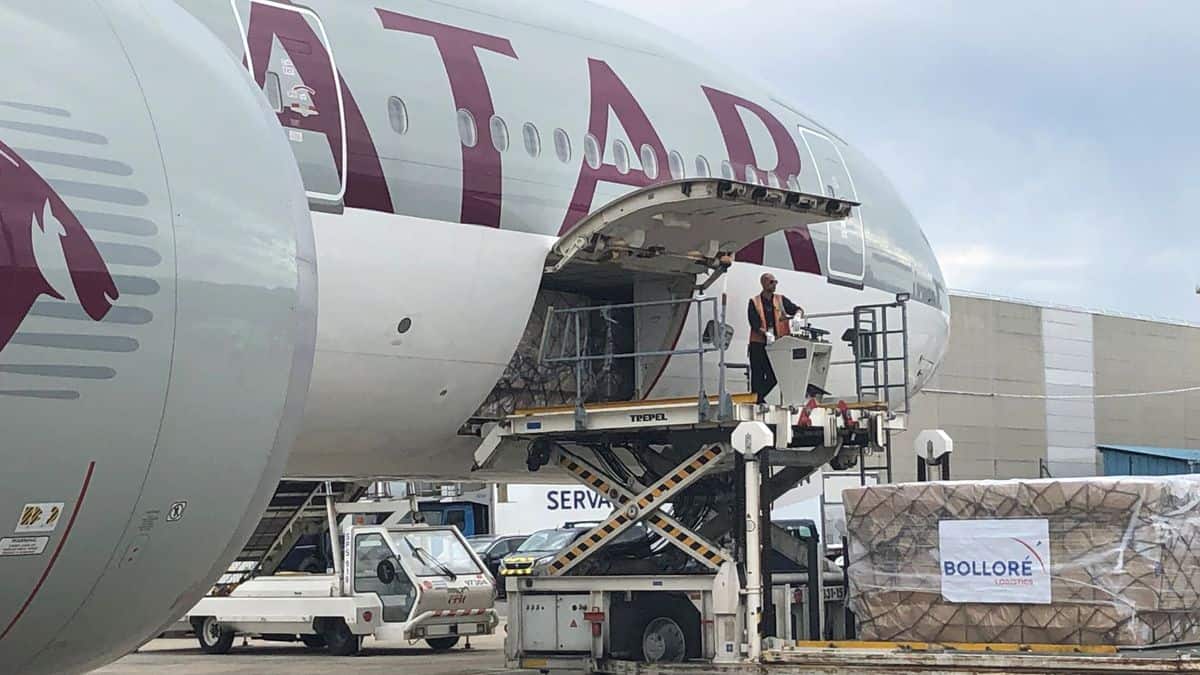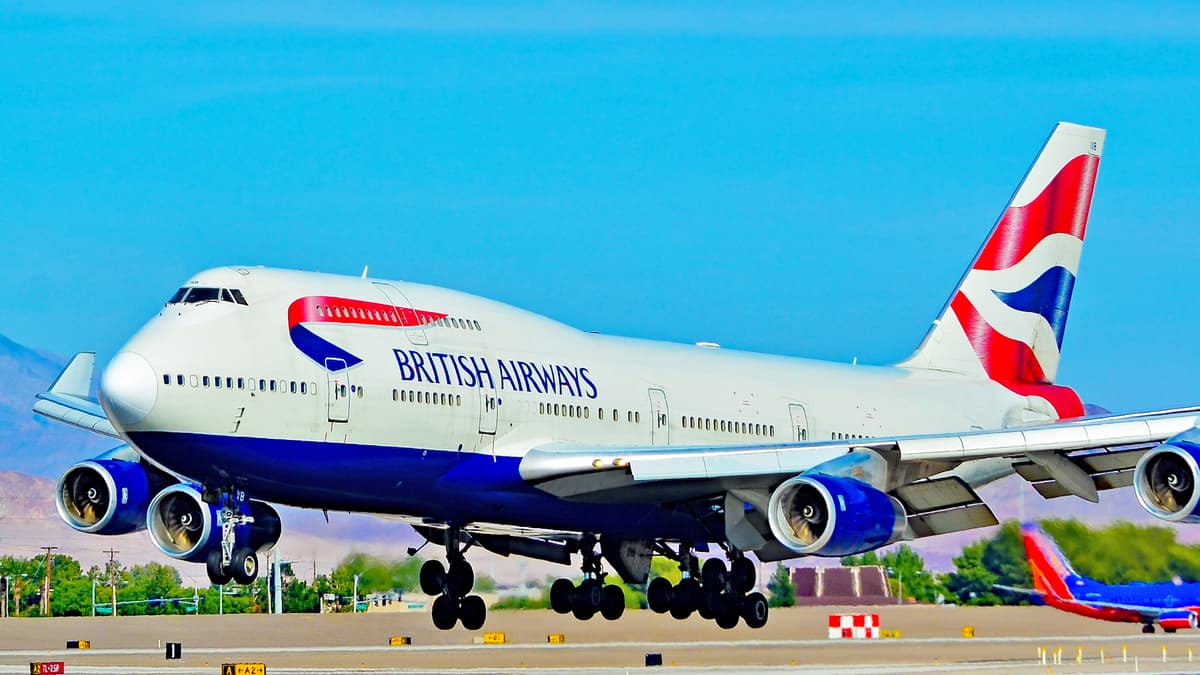
The views expressed here are solely those of the author and do not necessarily represent the views of FreightWaves or its affiliates.
In order not to hold everyone in suspense – all of us hold the wild card at the end of a supply chain when we are in our role as retail consumers. We vote with our wallets and sometimes emotion and psychology can enter into the mix. Whims, fears, conspicuous consumption, keeping up with the Joneses, etc. all have a role to play in the retail sector.
Of course, some may feel that cold rationality governs their own purchasing decisions. This means spending one’s disposable income on a bundle of final goods and services that maximizes total satisfaction relative to the purchase cost. Furthermore, the marginal increase in satisfaction per dollar spent is equalized across every good and service in that bundle. Of course, this is economics jargon and it is hard to imagine typical shoppers replacing the fun of impulse buying with the fun of making calculations in order to optimize consumption at the margin. Perhaps casual shopping combined with differential calculus is just too much fun for one day?
In the new normal that is a world economy suffering through the COVID-19 pandemic, nothing screams non-essential production and consumption like retail fashion. This niche is not to be confused with haute couture; rather, a lot of it involves affordable, yet trendy, apparel stocked by market leaders such as Zara and H&M. These mainstays in downtown shopping districts and suburban malls are the retail face of the fast-fashion industry. The fast-fashion supply chain operates with high volume and quick deliveries across a global market while trying to survive on low profit margins. GlobalData Plc, a business intelligence provider, noted that apparel sales fell by 89% over March-April 2020 as the retail sector ground to a halt. To be sure, online sales rose, but only by about 20% and from a lower base in comparison to brick-and-mortar. McKinsey & Company forecasts a decline in revenues of 27-30% over 2019-20 across the fashion industry’s $2.5 trillion global marketplace.
Mandated sheltering-in-place and social distancing certainly eliminated any need to be in-style regarding one’s apparel. Those still wishing to look picture-perfect for their Zoom and Skype meetings have 50% less to worry about as long as the camera remains above their waists. All of this has been particularly tough for the fashion supply chain. Unlike backlogged foods and beverages, apparel cannot be so easily disposed of. What was in-style this season may take several cycles, if ever, to become marketable. Also, the abrupt cutbacks on fabric orders left upstream vendors (most of which are in Asia) holding their own excess inventories. With storefronts now beginning to re-open, the only means to move the backlog is through discount sales.

Typically, the U.S. apparel and footwear industries face high tariffs on their imports (i.e., the equivalent of sales taxes reaching as high as 30% per unit). The Trump Administration instituted a temporary duty deferral program on April 18, 2020. While this was designed to provide relief for importers facing demonstrated hardships due to the pandemic, there is no indication that this program will be extended through May and into June 2020. Lobby groups are certainly asking for an extension. Of course, as a mere deferral program, any duties not paid after April 18 will have to be paid within 90 days of import entry. Retailers certainly need to hope that their stores will be open before the 90-day grace period ends.
It should also be kept in mind that the program only applied to normal trade duties – meaning those listed in the Harmonized Tariff Schedule of the United States (HTSUS). Other trade devices like anti-dumping and countervailing duties (i.e., special duties accessed as retaliation for specific trade offenses in the eyes of the United States) are not deferred. Also not deferred are any duties assessed under the auspices of Section 232 of the Trade Expansion Act of 1962 and Sections 201 and 301 of the Trade Act of 1974. Simply put, this means that most tariffs on Chinese imports, as part of the U.S.-China trade dispute, are payable by importers without relief. In fact, about 40% of apparel and 60% of footwear imports to the U.S. are from China.
It will probably take a while before the consumer market shifts some of its limited disposable income from groceries and cleaning supplies to fast-fashion. Compared to other retail sectors, apparel depends on some of the most fickle consumers. Cautious consumers holding all their wild cards means that retailers and their upstream vendors will need to be at the top of their game.

